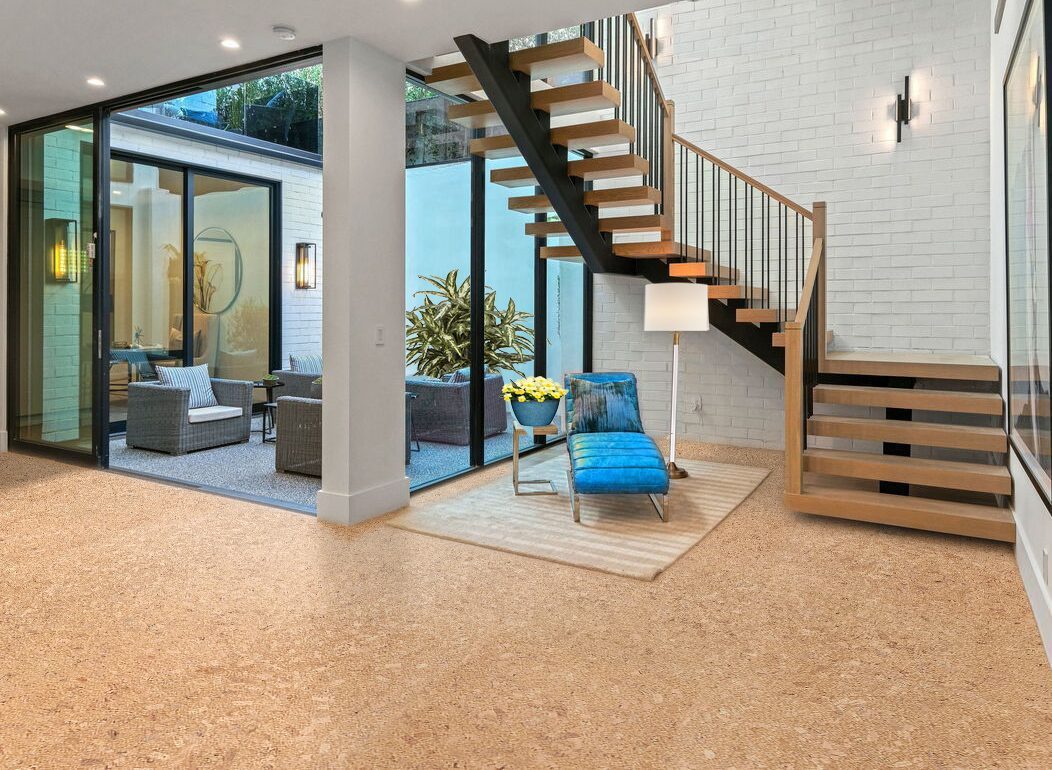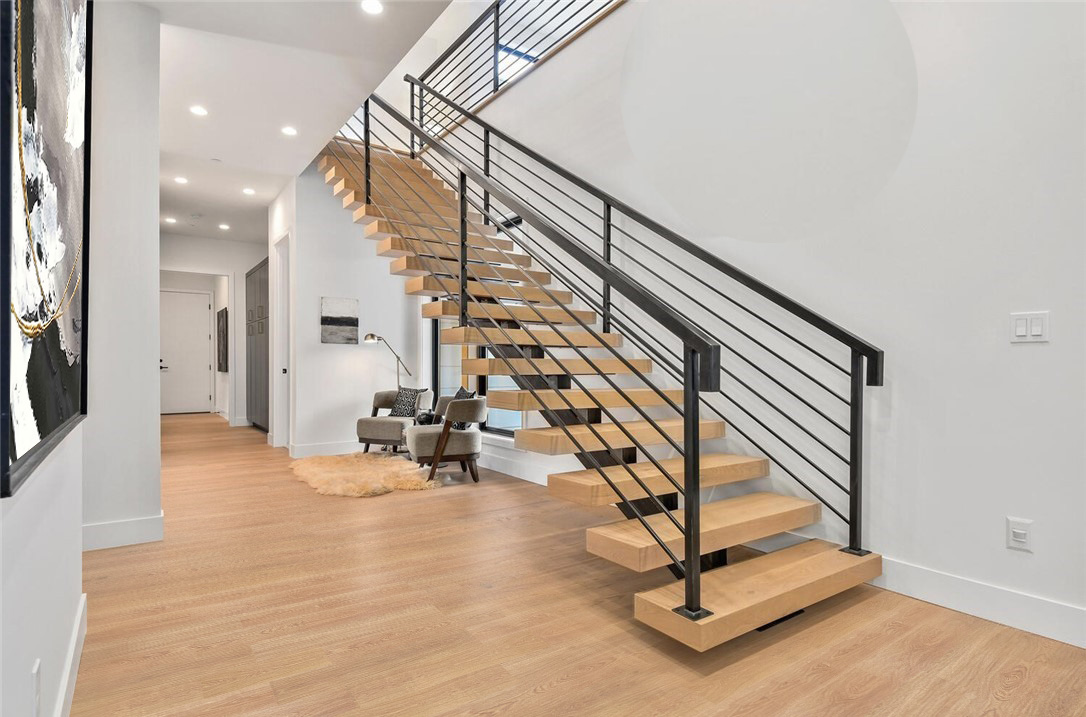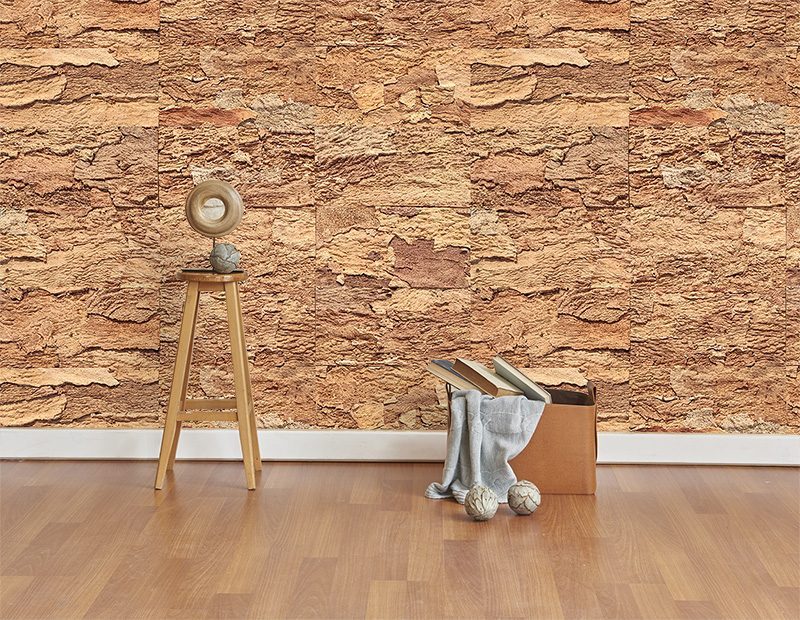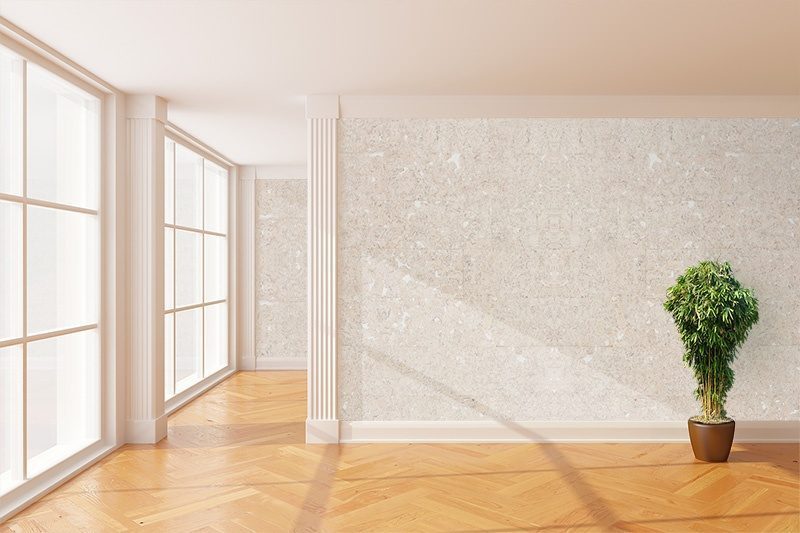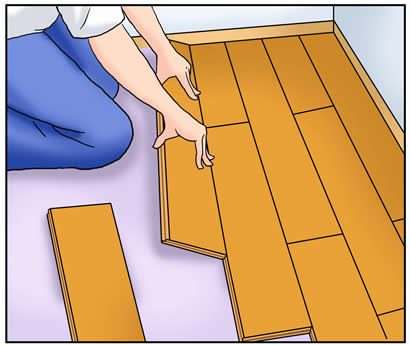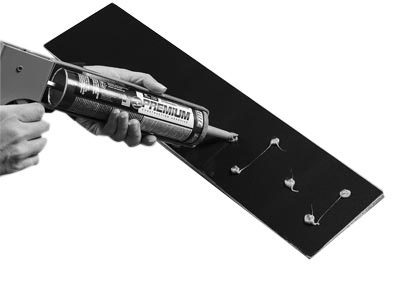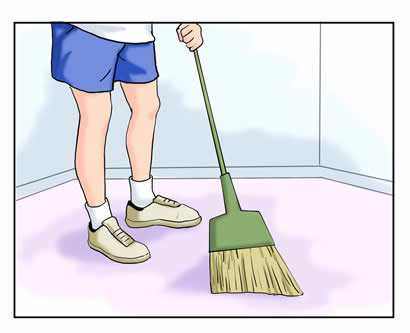Noise Reduction, Cork and Acoustic Flooring
Noise pollution is one of the top ranking stressors humans face in an urban setting. Noise is being produced 24 hours a day seven days a week. Multiple family housing units such as apartment towers and stacked town homes, while affordable, increase the noise entering our dwellings. More noise equates to more stress. There is an entire subsection in the building industry geared towards reducing noise. Condominium boards and strata councils are placing ever more restrictive limits on materials allowed for use in these units. The main reason is to reduce the amount of noise complaints by tenants and homeowners.
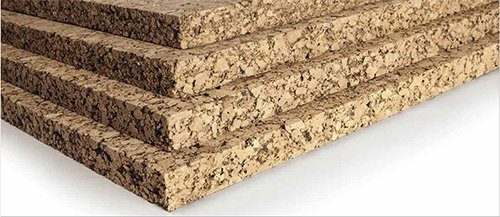
Noise reduction is big business. It is intensely difficult to find a single, cheap, user friendly solution when noise is an issue. The common sense approach is to reduce noise at the source. In plain language that means to turn down the volume on the TV, radio or instrument you are playing. In real life settings this is not an option if the noise is being generated by your neighbour.
The next option is to block the noise from entering or leaving the space. If your neighbours won’t work with you or refuse to install new flooring then you have to work with your own space and what can be done to reduce the noise entering your home or office. To do this you need to understand how noise works and what materials make sounds louder.
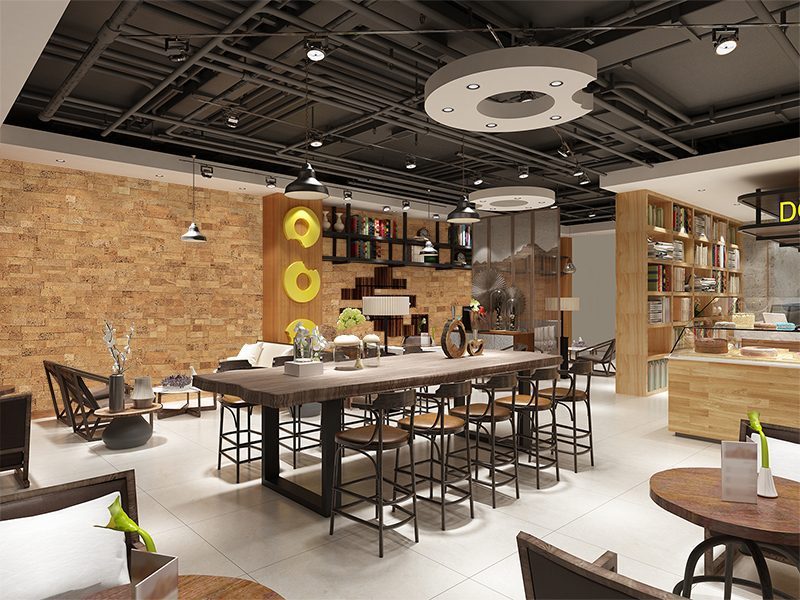
Most buildings are manufactured to maximize space. Very few have been engineered to reduce noise. Only high-end luxury apartment buildings that have been built in the last decade will have much in the way of noise abatement. Luxury apartments are built using 10 – 12” concrete floor-ceiling assemblies. These alone will account for massive noise reduction. The rest of us have to put up with poorly constructed buildings with 4” concrete over plywood or even 6” concrete. A lucky few will have purchased an apartment with 8” concrete floors.
Density is the key. Filling voids in the walls (the space between the studs) with dense acoustic insulation is the “party wall” equivalent of 12” concrete floors: a wonderful thing when you can find it but very rarely found in average priced dwellings.
A degree of separation is needed. By removing the direct contact of one material from another you can create a sound break. For this reason, floating acoustic subfloors and drop-down acoustic ceilings are the ideal solutions. Sadly these solutions often take up as much as 12” of ceiling height and are deathly expensive to retrofit into a space that has already been built. An acoustic ceiling can offer quite a bit of noise reduction but very few people have the ceiling height necessary to install one. There is nothing more heart breaking than to reduce your beautiful 10 ft ceilings down to 9 feet because you have noisy neighbours. If you have standard 8 ft ceilings there is very little room to add this form of installation.
Hard surfaces reflect sound. In plain speak that means they create echo or “hang time”. Empty concrete buildings can sound like an echo chamber. That’s because they are. Drywall, carpet and textured ceilings reduce the echo in a space. They may not block sound from entering or leaving but they soften the sounds once they are produced.
Flooring choices have the greatest impact on noise production and reduction. The single largest noise-producing surface is the floor. Solid hardwood floors offer very little in the way of noise reduction. They are amazing structures but do very little to reduce noise complaints from neighbours. Ceramic, porcelain or stone tile do not offer any form of acoustic insulation. For this reason condo buildings only allow a very small amount of these materials in their units: kitchens, entranceways and baths are the only places these tiles are allowed. Sheet vinyl and linoleum are products that are limited to these areas for the same reason as tile: they do nothing to reduce sound transmitting to the neighbours. Laminate floors have been shown to increase the noise levels in a home, not reduce them. The only way to balance the extra noise of a laminate is to use a high-end underlay. These underlayments often cost more than the laminate floor! Vinyl planking is now the rage but it too offers very little in the way of noise reduction. Again, an expensive underlay worth the same amount as the floor is one of the few options to make this type of flooring work in multifamily housing.
Engineered hardwood is another floor that does very little to reduce noise. It too must be coupled with a high-end underlay that is specifically designed to reduce foot step noise. These underlayments often do very little to reduce other noises such as ambient sounds coming from TVs, stereos, human conversations, etc. A floating engineered hardwood with high-end underlay can offer some relief from noise complaints but again the problem of cost comes into play.
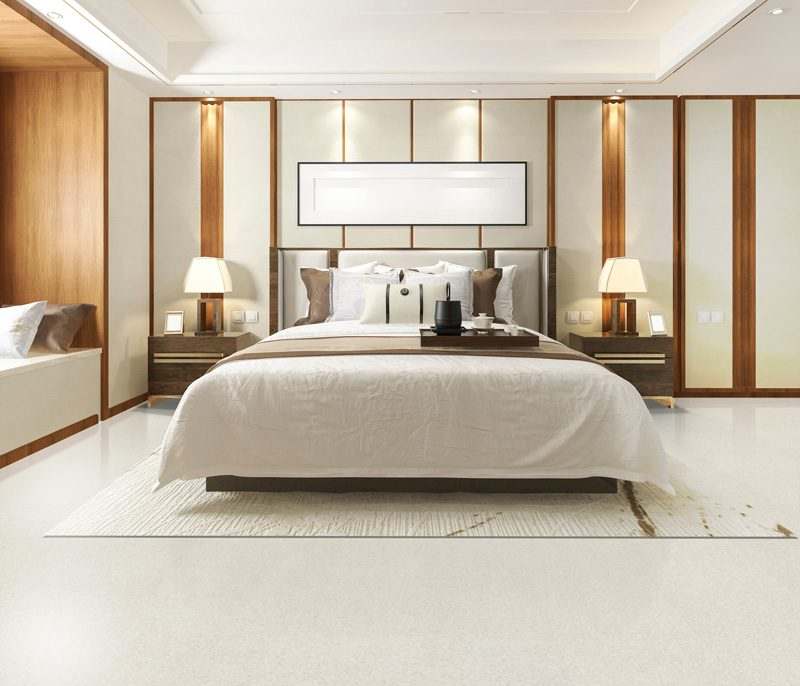
Carpets only reduce foot falls. Carpets are considered the go-to flooring choice for apartments because the biggest complaint has always been about “heavy footsteps”. Carpet is one of two surfaces that reduce footsteps to zero. Solid rubber flooring is the other. Reducing echo in a room is carpets only other attribute. It does not block other noises such as TV, stereo or human voices. All of those noises travel straight through carpet and into your neighbour’s apartment.
Cork and Rubber flooring are your friends. Some of the greatest acoustic materials are easy to find but can be difficult to work with. Rubber flooring and underlay (black rubber that is produced when tires are recycled) is excellent when it comes to noise reduction and isolation but lousy on the pocket book. Rubber also has the unique distinction of being both “ugly” and smelly. This is fine for a professional gym, not so much for a family in an apartment. Cork flooring and underlay are second only to rubber when it comes to acoustic insulation. The specifications of cork are within a whisker’s breadth of rubber when it comes to noise reduction. Cork’s added benefit comes in the knowledge that it is an attractive, luxury floor finish that can be easy on the wallet and even easier to install.
Contact your nearest Forna Cork Flooring representative to find out more about acoustic flooring, installation techniques and acoustic test results.
Cork Reduces Noise, Laminates PRODUCE more noise
Cork has another advantage that neither hardwood nor laminate can offer – acoustic reduction in a space! Cork “eats” sound. It also “eats” echoes. Laminates PRODUCE more noise then they reduce (studies have shown that Pergo flooring produces louder sounds than bare concrete!) echoes and hardwoods allow sound to “bounce around”. They don’t increase the noise, but they do nothing to reduce the echo either. Cork STOPS echoes. Cork underlay will eat more sound and offer high R-Values to the floor/home. Laminates/hardwoods do not offer any of this.


